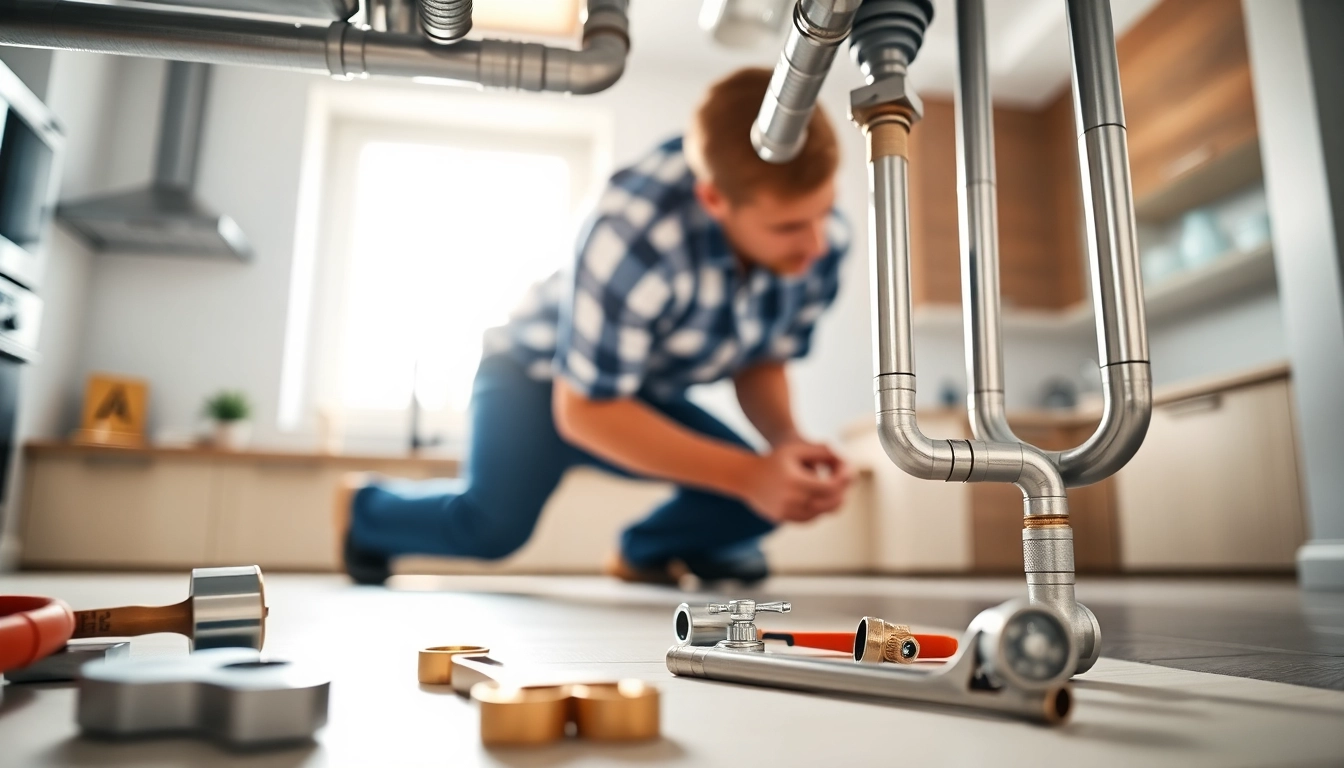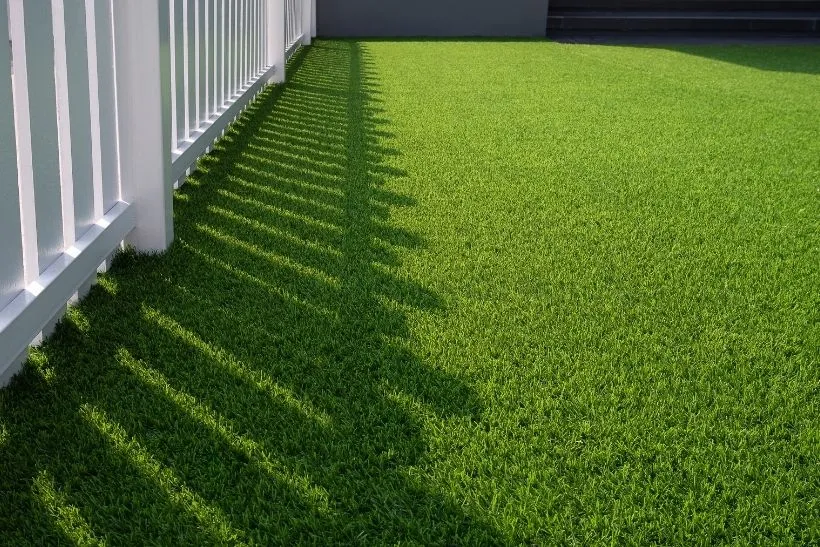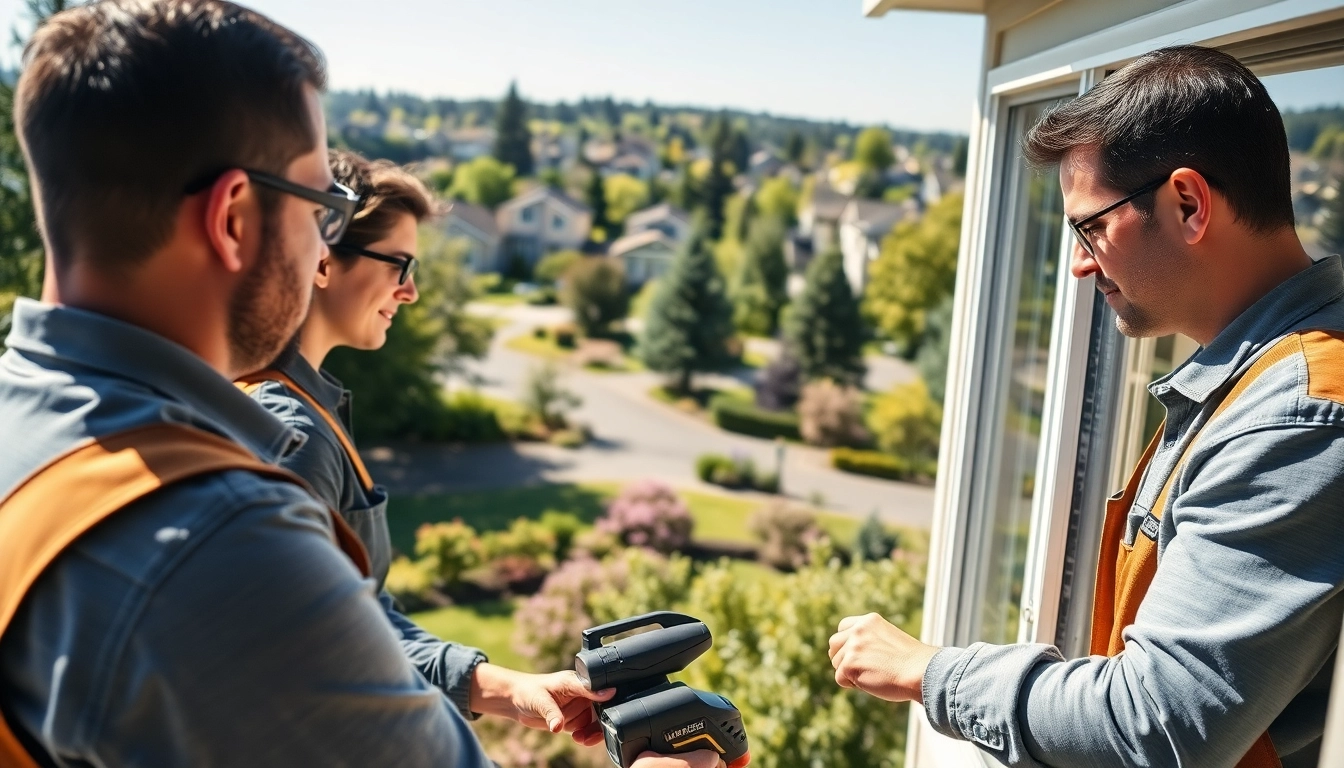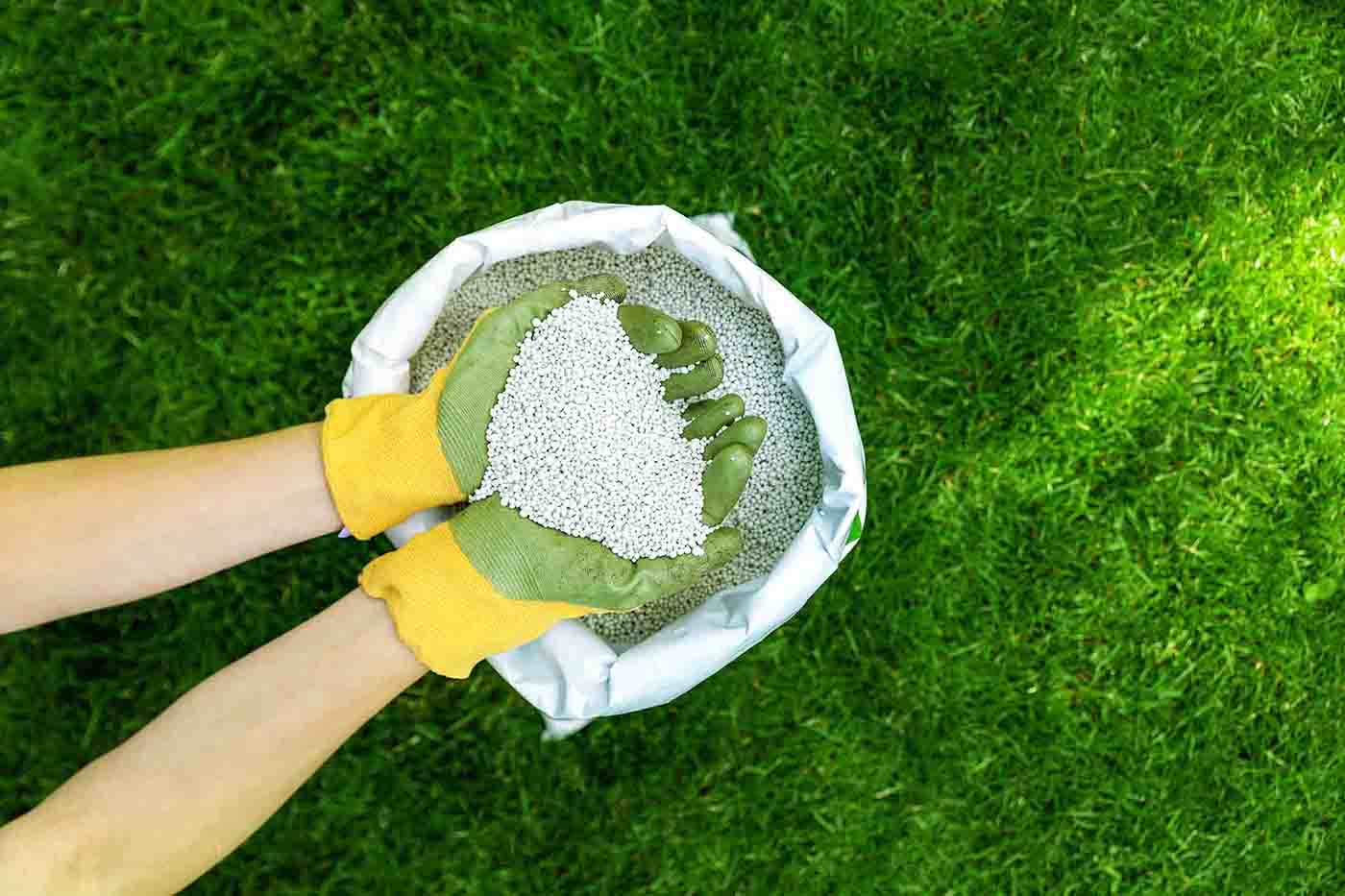Understanding Plumbing: Basics and Importance
Plumbing is an essential infrastructure within our homes and communities, acting as the backbone for sanitation, hygiene, and comfort. It involves a complex system designed to convey fluids, managing both clean water supply and waste disposal. Understanding plumbing is crucial, whether you are a homeowner, tenant, or simply someone interested in the mechanics of modern life. This guide will delve into the diverse dimensions of plumbing, ranging from its definition and core functions to identifying common problems and maintaining systems effectively.
Definition and Core Functions of Plumbing
At its core, plumbing is a system that facilitates the transportation of fluids through a network of pipes, valves, fixtures, and tanks. This encompasses two main subsystems: the water supply system and the drainage system. The former is responsible for delivering clean, potable water from a source to various points within a building, while the latter ensures the safe and efficient removal of wastewater.
The Role of Plumbing in Modern Homes
The role of plumbing in modern homes extends beyond simply providing water for drinking or bathing. It plays a pivotal role in health and safety, as inadequate plumbing can lead to contamination, disease outbreaks, and sanitation issues. Furthermore, plumbing contributes to overall convenience in our daily lives, facilitating activities like washing dishes, doing laundry, and maintaining hygiene through reliable hot and cold water supplies.
Common Plumbing Systems and Components
The typical plumbing system consists of several key components:
- Pipes: The conduits through which water flows, made typically from materials like PVC, copper, or PEX.
- Faucets: Fixtures that allow the regulation of water flow in sinks, showers, or tubs.
- Drainage systems: A network of pipes designed to carry wastewater away from the home.
- Valves: Devices that control water flow and pressure within the system.
- Fixtures: Appliances such as toilets, bathtubs, and sinks that utilize supplied water and are connected to the drainage system.
Identifying and Solving Common Plumbing Issues
Understanding common plumbing issues is vital for home maintenance. Proactive identification can save homeowners significant amounts of money and prevent minor issues from escalating into costly repairs.
Leakage: Signs, Causes, and Solutions
Leaks can occur in various forms, including dripping faucets, pooling water under sinks, or even hidden leaks that result in water damage. Signs of leaks often include:
- Increased water bills without a change in usage.
- Water stains on walls or ceilings.
- Unpleasant odors indicating mold or mildew.
Common causes of leaks might include deteriorating pipes, faulty seals, or high water pressure. Solutions can vary from simple fixes, like replacing washers in faucets, to more complex fixes, such as pipe replacement.
Clogged Drains: Prevention and Remedies
Clogged drains are a frequent annoyance in households. They can result from grease buildup, hair accumulation, or foreign objects blocking the flow of water. To prevent clogs, regular maintenance is essential:
- Utilizing drain guards to catch hair and debris.
- Regularly flushing drains with hot water or vinegar and baking soda.
When dealing with clogged drains, homeowners might attempt to use plungers or drain snakes before resorting to chemical cleaners or calling a plumber if the issue persists.
Faulty Fixtures: Recognizing Problems Early
Faulty fixtures, such as toilets or faucets, may manifest as irregular noises, continuous running water, or leaks. Recognizing these issues promptly allows for repair or replacement before they lead to extensive damage or water waste. Simple fixes might include replacing seals or cartridges, while more significant issues may require professional intervention.
Tools and Equipment Every Plumber Should Have
For effective plumbing maintenance and repairs, it’s essential to have the right tools. Different projects may require different equipment, from basic hand tools to sophisticated machinery.
Basic Hand Tools for Plumbing Tasks
Basic hand tools are fundamental for any plumbing job. These often include:
- Pipe Wrenches: Used for gripping and turning pipes.
- Adjustable Wrench: For fastening and loosening nuts and bolts.
- Screwdrivers: Essential for fixtures and fitting adjustments.
- Plumber’s Tape: Required for sealing pipe joints.
Essential Power Tools for Advanced Plumbing
For larger or more intricate projects, having access to power tools can significantly streamline the process. Key power tools may include:
- Pipe Cutters: For quickly cutting pipes to size.
- Power Drill: Useful for installing fixtures or brackets.
- Drain Auger: For clearing stubborn clogs with more efficiency.
Safety Gear and Best Practices for Safe Plumbing Work
Safety should always be a priority in plumbing tasks. Proper safety gear includes:
- Gloves: To protect hands from harsh chemicals and sharp objects.
- Goggles: To shield eyes from splashes or debris.
- Dust Masks: Particularly important when cutting or sanding materials.
Plumbing Installation and Maintenance Best Practices
Understanding the best practices for plumbing installation and maintenance can prolong the lifespan of your plumbing systems and reduce the likelihood of unexpected failures.
Step-by-Step Guide to Pipe Installation
Installing piping systems requires meticulous planning and execution. Here are the essential steps:
- Determine the layout and type of pipes needed based on your plumbing design.
- Cut pipes to the required length, ensuring clean edges.
- Use appropriate fittings to connect sections and secure joints.
- Test connections for leaks before closing walls or fixtures.
Routine Maintenance Tips for Homeowners
Routine maintenance helps identify potential issues before they exacerbate. Recommended practices include:
- Regularly inspecting all visible pipes for signs of wear or leakage.
- Cleaning faucet aerators and showerheads to maintain good water flow.
- Flushing water heaters annually to prevent sediment buildup.
When to Call a Professionally Licensed Plumber
While many plumbing tasks can be tackled independently, certain situations necessitate professional expertise. Homeowners should consider contacting a licensed plumber for:
- Major installations involving municipal connections.
- Complex drainage issues that require specialized knowledge.
- Legal compliance, as some plumbing works may require permits.
Future Trends in Plumbing Technology
As technology progresses, the plumbing industry is witnessing significant innovations that promise to enhance efficiency, sustainability, and user experience in plumbing systems.
Innovations in Plumbing Systems
Innovations such as advanced piping materials designed for greater durability and resistance to corrosion are emerging. Additionally, systems that incorporate sensors to monitor usage and detect leaks in real time are being developed, allowing for timely responses and preventative maintenance.
Smart Plumbing Devices: What to Expect
The incorporation of smart technology is becoming commonplace in plumbing. Devices like smart faucets that adjust water flow based on usage and high-tech shower systems that allow personalized temperature settings are reshaping our bathroom experiences. Furthermore, smart water leak detectors capable of sending alerts to homeowners’ smartphones can prevent significant water damage.
Sustainable Plumbing Practices for the Environment
The growing trend towards sustainability is also impacting plumbing practices. The introduction of water-efficient fixtures, greywater recycling systems, and rainwater harvesting solutions contributes to reduced water usage and environmental conservation. Homeowners are increasingly opting for such solutions to minimize their ecological footprint and promote sustainability in their communities.



